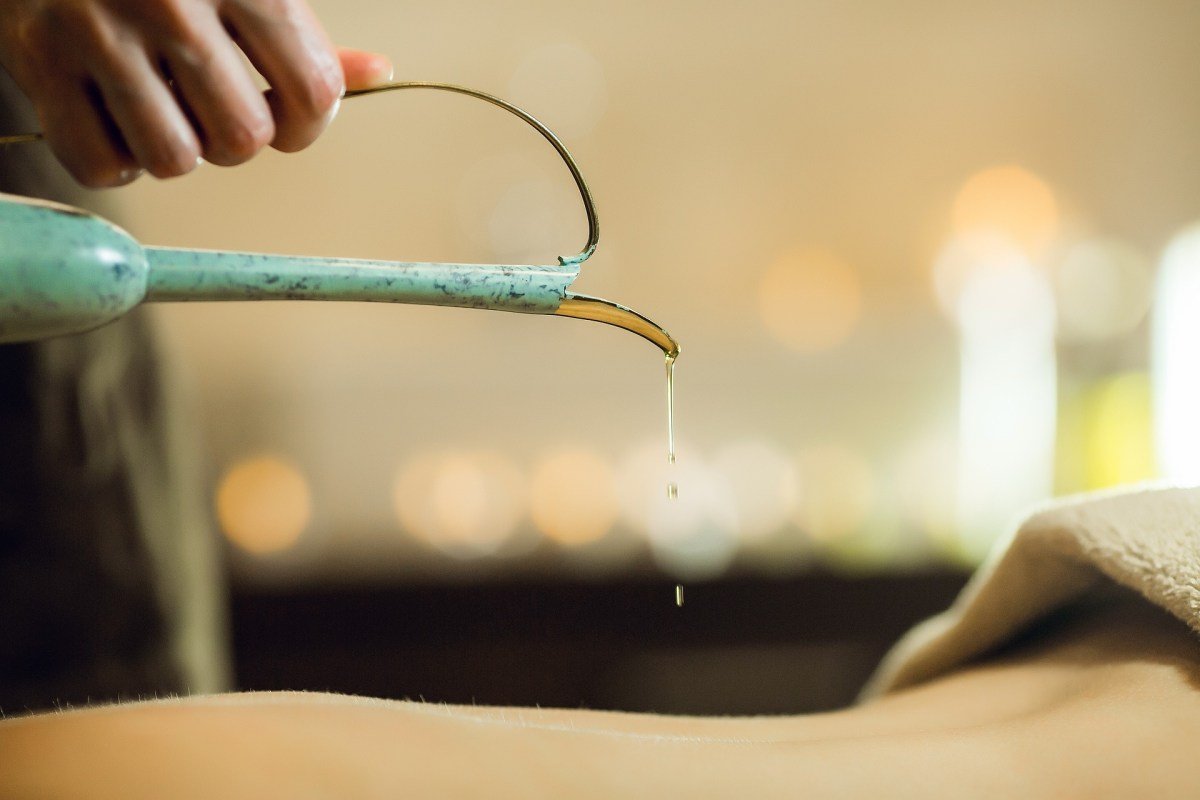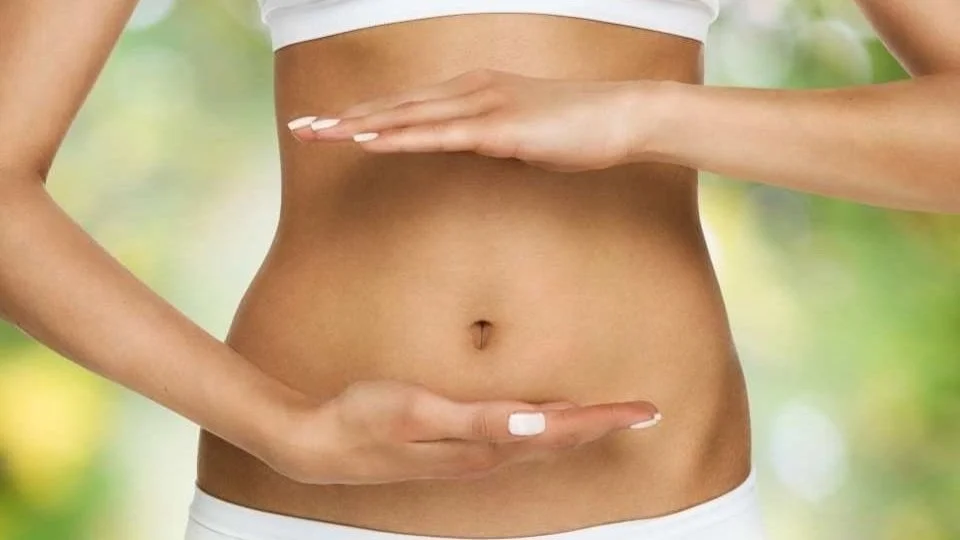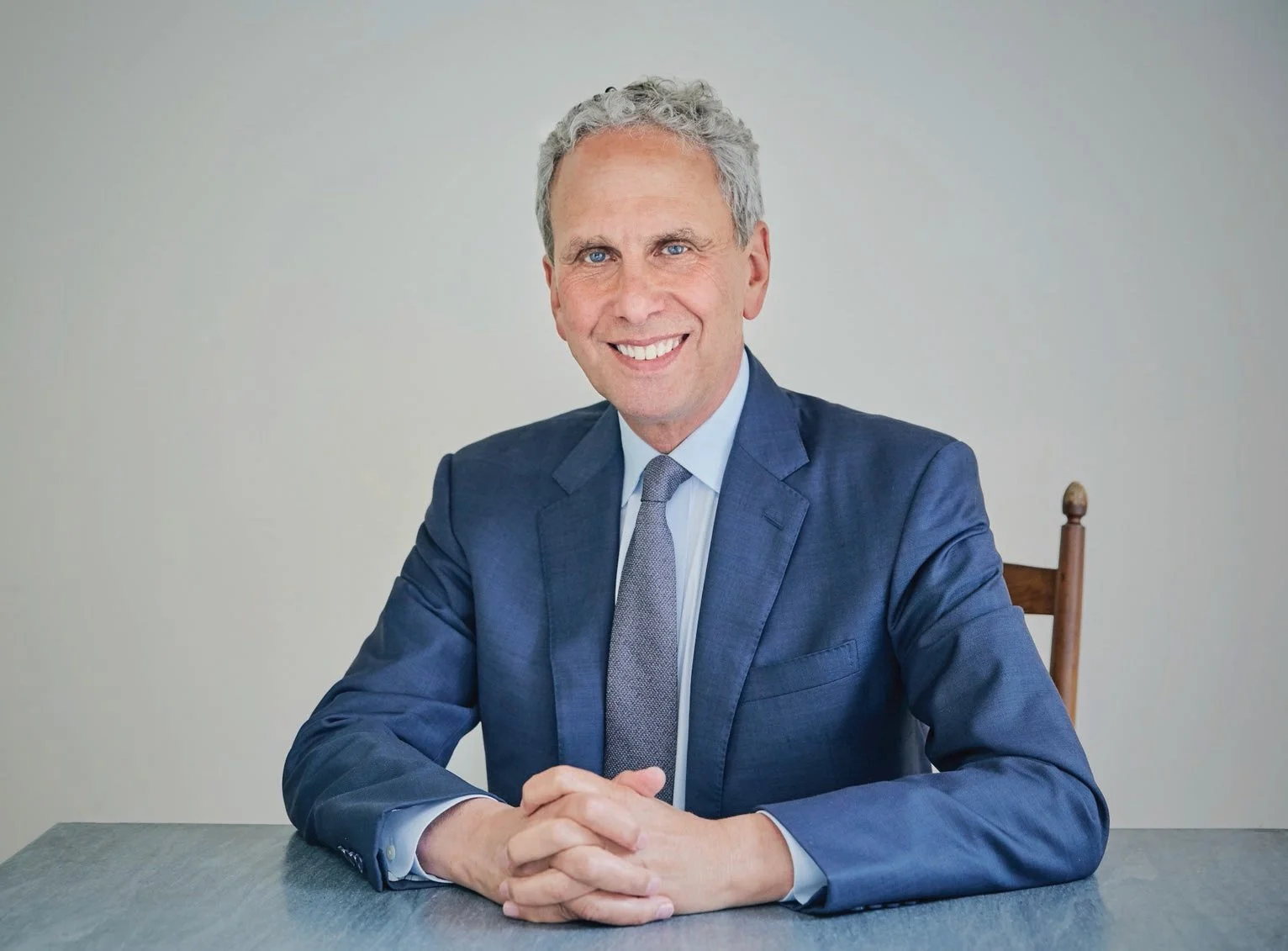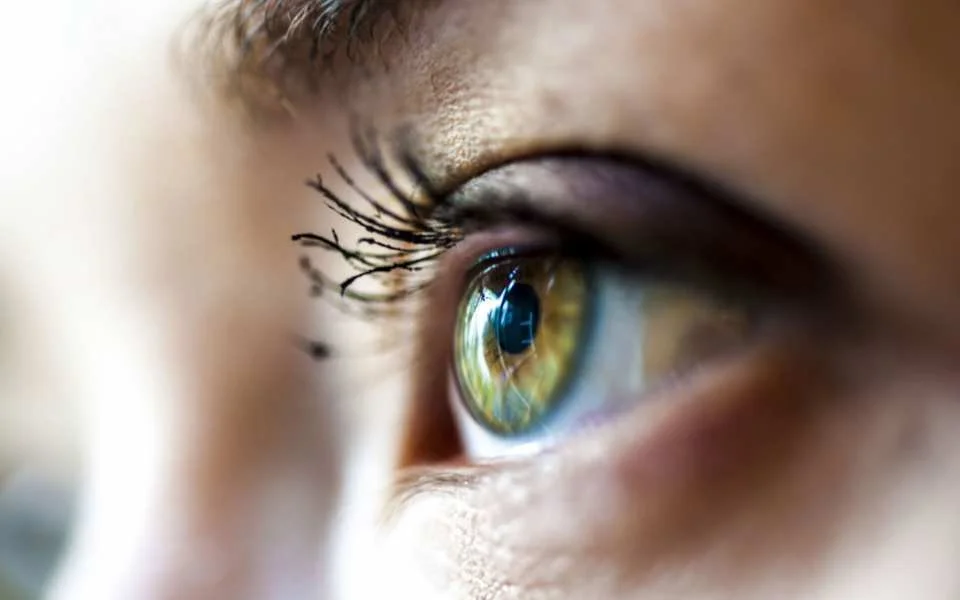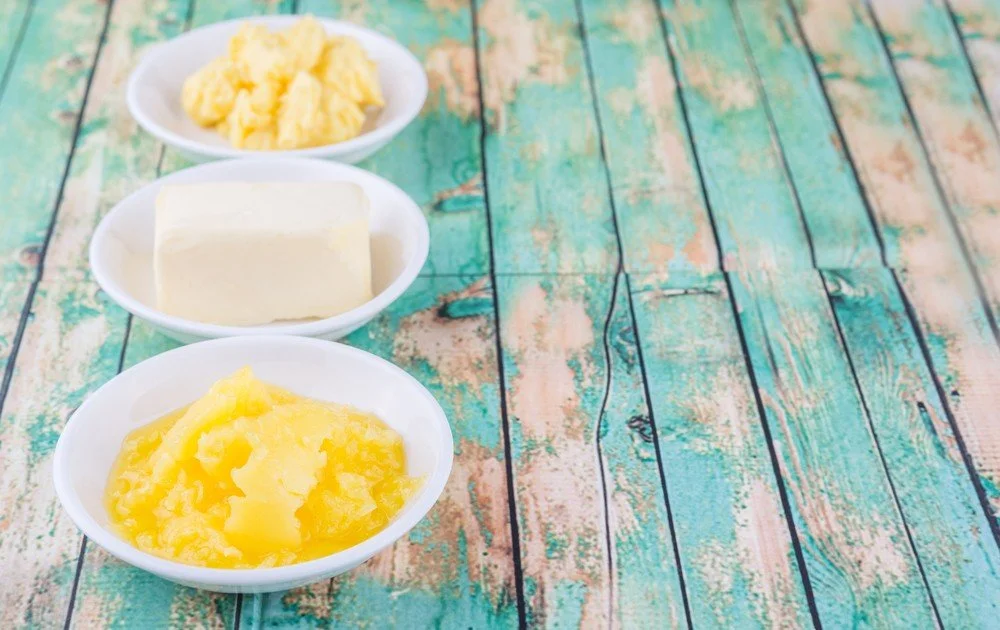Abhyanga - The Ayurvedic Self Massage ('The Blissful Way to Good Health, Happiness & Long Life')
"Abhyanga" - the Ayurvedic old massage has been recommended for thousands of years as part of the daily routine for maintaining overall health and well-being.
According to the ancient Ayurvedic texts, regularly performing the oil massage (traditionally done daily) does the following,
Dissolves accumulated stresses and toxins,
Pacifies the doshas - especially vata - relieves fatigue, improves stamina, promotes pleasure and sound sleep,
Enhances complexion - promotes luster / healthy glow & softer / smoother skin,
Makes one 'least affected by old age' - Charaka Samhita - ancient ayurvedic text.
Improves circulation, especially to nerve endings - therefore can reduce pain,
Tones the muscles & massages the vital 'inner organs' of your body,
Lubricates & strengthens the joints,
Strengthens immunity and balances hormone function,
Improves elimination of impurities from the body,
Calms the nerves & strengthens the entire nervous system.
The overall effect is a powerful strengthener & rejuvenator of mind and body.
It is like oiling the engine of your car - if you do it regularly, your engine will be in peak condition, and give you years and years of trouble-free performance.
The Ayurvedic massage is tradtionally performed in the morning, before your bath or shower, to facilitate the release of toxins that may have accumulated during the previous night. You can use cured sesame oil, a herbalised massage oil, or ideally the oil prescribed by an Ayurvedic practitioner. This will be suited to your individual needs at the time.
SESAME OIL: UNIQUE BENEFITS
Sesame oil is prescribed where possible as the oil of choice for the Ayurvedic massage. This is due to its unique qualities & benefits.
It’s main component is linoleic acid. Linoleic acid,
is anti-fungal & anti-bacterial (known to inhibit growth of pathological bacteria).
is a powerful anti-inflammatory agent – probably why it’s so good for joint problems.
Appears to be a ‘anticarcinogen’ (fights cancer cells) – has been shown to in vitro
malignant melanoma growth (Smith & Salerno 1992) and human colon
adenocarcinoma cell line growth (Salerno & Smith 1991).
Sesame oil is also,
the most ‘penetrating’ oil, thus nourishing and strengthening all tissues –
skin, tendons, joints, even the bones.is high in ‘antioxidants’. Heating the oil (traditional in Ayurveda), has been
shown scientifically to increase the antioxidants’ potency (Fukuda et al 1986).
*Notes;
Sesame oil should always be ‘cured’ first – see below
Sesame is ‘hot’ in nature, so in some cases can cause a little irritation for
some skin/body types. If using for the first time, it is best to try a little bit on a
small area of your body first.
The following are some simple instructions to assist you in doing the Ayurvedic daily oil massage. Even if you can’t do it everyday, do it as often as you can.
HELPFUL HINTS:
(i) Be sure that your bathroom is nice and warm – feeling cold will aggravate Vata dosha.
(ii) Place an old large towel on the floor to sit on. It will also catch any spilt oil.
(iii) Best results will come from doing your massage in a settled way with full attention – don’t listen to the radio etc. while having a massage.
(iv) To save oil building up in your towels, try drying yourself with a slightly damp, wrung washer or paper towels etc before using your towel. You can then launder the washer or throw away the paper towels as often as needed.
PROCEDURE:
Step 1. Unless a specific oil has been recommended for you, then sesame oil should be used for the daily massage. If you find sesame oil unsuitable in some way (too heating or your skin reacts), you may also try almond or olive oil as alternatives. Only use coconut if pitta is very high or it’s in the middle of summer.
Unless the oil is pre-cured, purify it by ‘curing’ it*. Do this by heating it to about 100°C, the boiling point of water. Also add a drop of water to the oil in the beginning,. You will then know that the proper temperature has been reached when the water bubbles or boils. We suggest curing all the oil at one time.
* Note:
Sesame and other oils are highly flammable, so they should be cured in the following way.
• Always heat the oil on low heat, never on high heat.
• Never leave the oil unattended.
• Once the oil has reached the proper temperature remove it from the heat and leave it in a safe place to gradually cool. Then pour it back into the original container or bottle (a funnel may help).
Step 2. Before beginning massage, the oil should be at or slightly above body temperature. A convenient system is to use a plastic bottle with a nozzle (e.g. a sauce bottle).
Stand it in a cup of hot water until it warms up. Start by massaging the head. Place a small amount of oil on the fingertips and palms and begin to massage the scalp gently. The massage for the head and for the entire body should be with the open part of the hands rather than with the fingertips.
Since the head is said to be one of the most important parts to be emphasized, spend proportionately more time on the head (and feet) than you do on other parts of the body.
Step 3. Apply a small amount of oil to your entire body. This will allow the oil to have maximum amount of time in contact with the body.
Step 4. Gently massage your face and outer part of your ears. You do not need to massage these areas vigorously.
Step 5. Massage both the front and back of the neck, and the upper part of the spine. Continue to use your open hands, in a rubbing type of motion.
Step 6. Proceed to massage to each area of your body. The proper motion is back and forth over your long bones and circular over your joints.
Massage both arms, including the hands and fingers.
A very gentle circular motion should be used over your heart.
Over the abdomen a gentle circular motion should also be used, following the bowel pattern from the right lower part of the abdomen, moving clockwise towards the left lower part of the abdomen.
Massage the back and spine as far as possible.
Like the arms, use a back and forth motion over the long bones of the legs and circular over the joints (hips, knees, ankles).
Step 7. Lastly, massage the soles of the feet. The feet also are considered especially important. Proportionately more time should be spent here than other parts of the body. Use the open part of your hands and massage vigorously back and forth over the soles of the feet.
Step 8. Now have a warm shower or bath. Only use soap if you need to, as it may draw too much oil out of the pores of your skin.
This completes the Ayurvedic Daily Oil Massage. Ideally, about 10 to 15 minutes should be spent each morning on the massage. However, if this time is not available on a particular day, it is better to do a very brief massage than to skip the massage altogether.
Once you have added this Ayurvedic Oil Massage into your daily routine, the benefits will make it quite natural for you to continue the massage on a permanent basis.
ARTICLE WRITTEN BY MARK BUNN
Mark Bunn is the Founder of Dharmic Living and author of the three-time best-selling ‘Ancient Wisdom for Modern Health‘.
Featured Articles
Topics
- Alcohol 1
- Allergies 1
- AntiInflammatory 2
- Arthritis 1
- Asthma 1
- Atkins 1
- Autumn 1
- Ayurveda 22
- Ayurvedic Medicine 12
- Ayurvedic Science 2
- Bad Breath 1
- Beer 1
- Blood Sugar 1
- Bob Roth 1
- Body Odour 1
- Breakfast 2
- Breathing 1
- Business 2
- Butter 1
- Caffeine 1
- Cancer 6
- Carbohydrates 2
- Cataracts 1
- Charcoal Water 1
- Cholesterol 3
- Coffee 1
- Cold & Flu 1
- Cooking 1
- DR JR Raju 2
- Daily Cycles 2
- Dehydration 2
- Dental 3
- Detox Drinks 1
- Diabetes 1
- Diet & Nutrition 44
- Dieting 2
- Digestion 9
- Direction 1
- Disease 1
- EMF 1
- Earthing 2
- Eastern Medicine 1
- Eating 1
- Eating Out 1
- Exercise 9
- Eye Health 1
- Fish Oil 1
- Flaxseed 1
- Food Quality 2
- Forest Bathing 1

